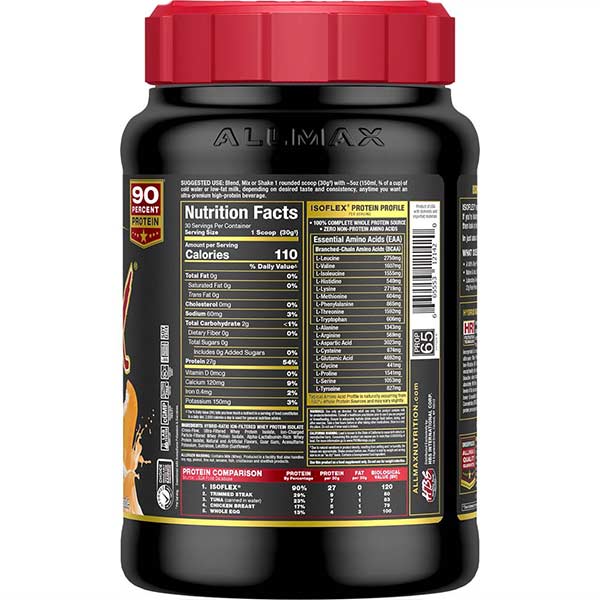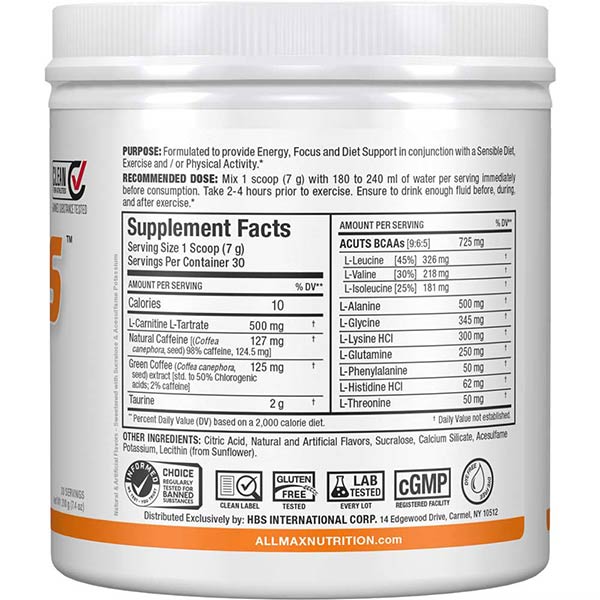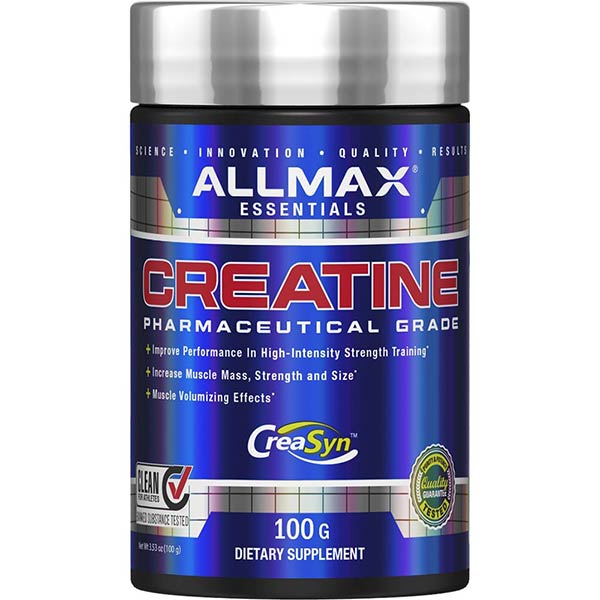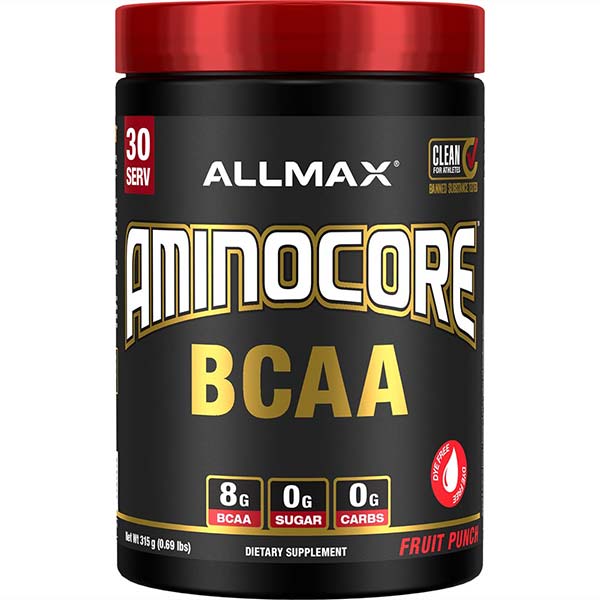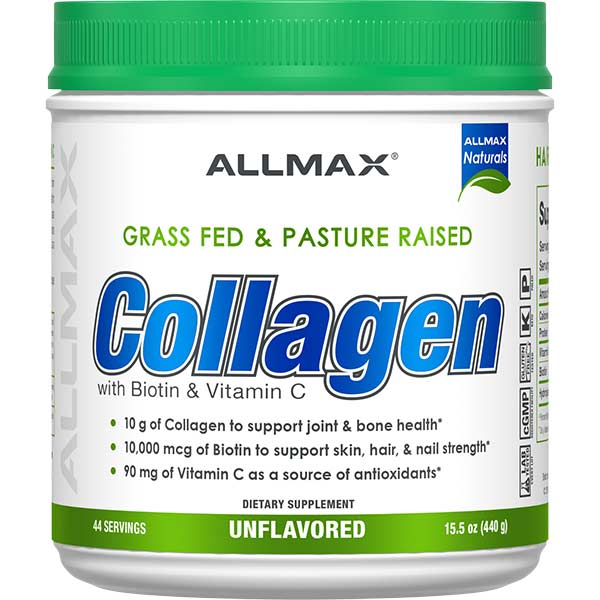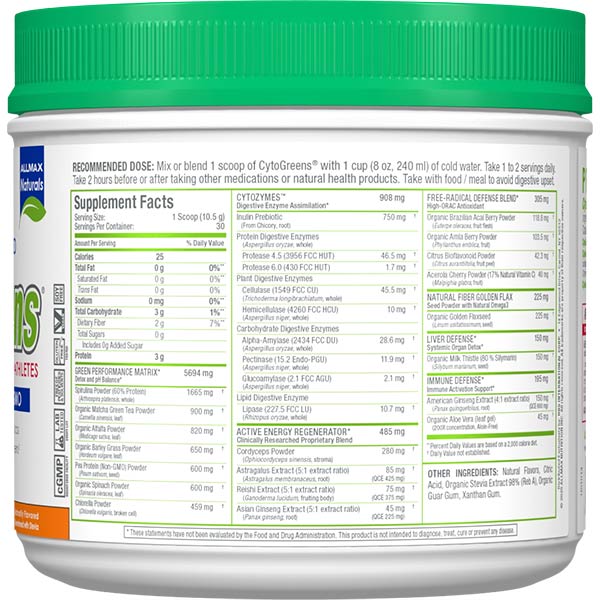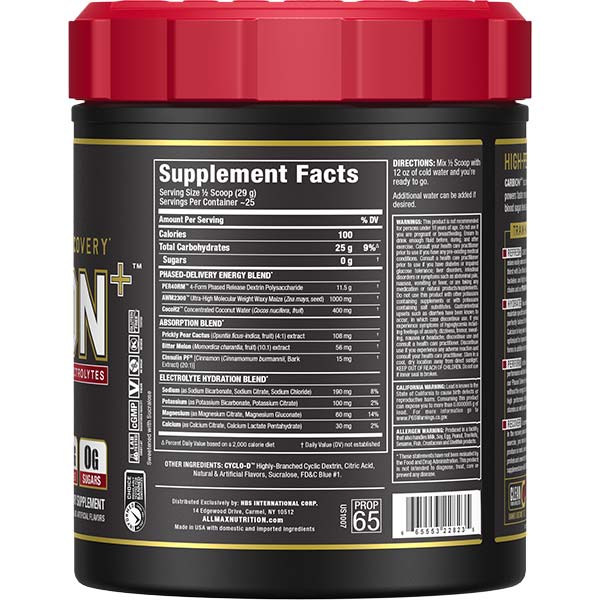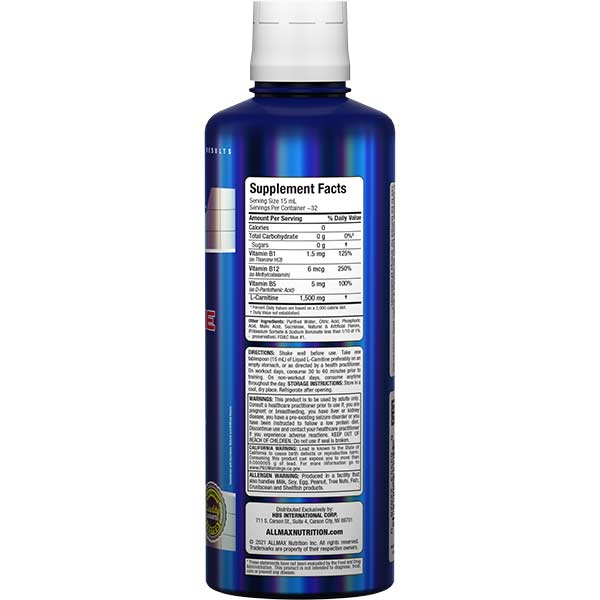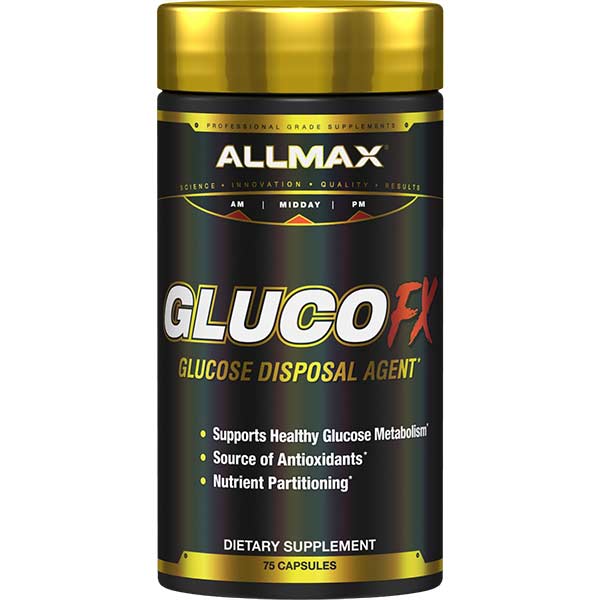
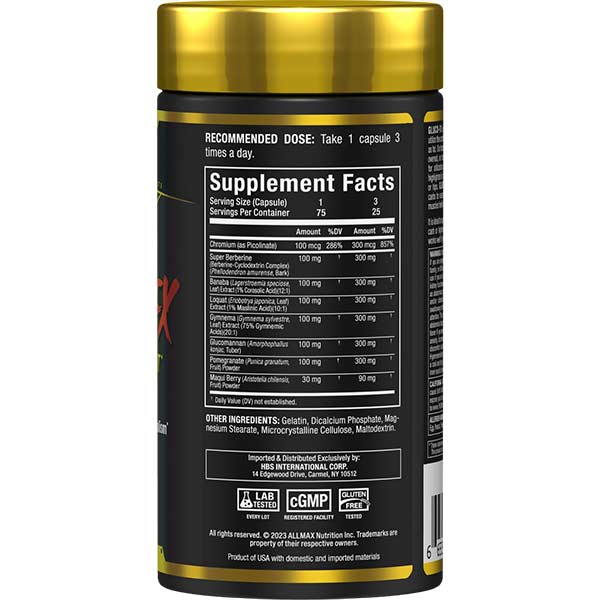

AGENTE DE ELIMINACIÓN DE GLUCOSA
GLUCOFX
Tamaño:75 cápsulas
• Apoya el metabolismo*
• Fuente de antioxidantes*
• Partición de nutrientes*
• Fuente de antioxidantes*
• Partición de nutrientes*
Recommended Dose: Take 1 capsule 3 times a day.
- Alvarado, J. et al. (2016). Delphinol® standardized maqui berry extract significantly lowers blood glucose and improves blood lipid profile in prediabetic individuals in three-month clinical trial. Panminerva Med. Sep;58(3 Suppl 1):1-6.
- Brala, P.M. et al. (1983). Effects of sweetness perception and caloric value of a preload on short term intake. Physiol Behav. Jan;30(1):1-9.
- Guo S. et al. (2020). The anti-diabetic effect of eight Lagerstroemia speciosa leaf extracts based on the contents of ellagitannins and ellagic acid derivatives. Food Funct. Feb 26;11(2):1560-1571.
- Habtemarium, S. et al. (2020). Berberine pharmacology and the gut microbiota: A hidden therapeutic link Pharmacological Research Volume 155, May, 104722
- Hu, Y. et al. (2012). Lipid-lowering effect of berberine in human subjects and rats Phytomedicine Volume 19, Issue 10, 15 July Pages 861-867
- Hou, W. et al. (2009). Triterpene acids isolated from Lagerstroemia speciosa leaves as alpha-glucosidase inhibitors. Phytother Res. May;23(5):614-8.
- Judy, W. V. et al. (2003). Antidiabetic activity of a standardized extract (GlucosolTM) from Lagerstroemia speciosa leaves in Type II diabetics A dose-dependence study Journal of Ethnopharmacology 87 115–117
- Kanetkar, P. et al. (2007) Gymnema sylvestre: A Memoir. J Clin Biochem Nutr. Sep;41(2):77-81.
- Liu, Y. et al. (2016). Biological Activities of Extracts from Loquat (Eriobotrya japonica Lindl.): A Review. International journal of molecular sciences, 17(12), 1983.
- Mistle, E. et al. (2011). Maqui [Aristotelia chilensis (Mol.) Stuntz]-the Amazing Chilean Tree: A Review Journal of Agricultural Science and Technology B 1 473-482
- Miura, T. et al. (2012). Management of Diabetes and Its Complications with Banaba (Lagerstroemia speciosa L.) and Corosolic Acid. Evidence-based complementary and alternative medicine : eCAM, 2012, 871495.
- Pang, B. et al. (2015). Application of berberine on treating type 2 diabetes mellitus. Int J Endocrinol. 905749.
- Sharmin, T. et al. (2018). Investigation of biological activities of the flowers of Lagerstroemia speciosa, the Jarul flower of Bangladesh. BMC complementary and alternative medicine, 18(1), 231.
- Shi, L. et al. (208). Corosolic acid stimulates glucose uptake via enhancing insulin receptor phosphorylation. Eur J Pharmacol. Apr 14;584(1):21-9.
- Stohs, S.J. et al. (2012). A review of the efficacy and safety of banaba (Lagerstroemia speciosa L.) and corosolic acid. Phytother Res. 2012 Mar;26(3):317-24.
- Tanaka, K. et al. (2008). Hypoglycemic activity of Eriobotrya japonica seeds in type 2 diabetic rats and mice. Biosci Biotechnol Biochem. Mar;72(3):686-93.
- Ulbricht, C. et al. (2007). Banaba (Lagerstroemia speciosa L.): An Evidence-Based Systematic Review by the Natural Standard Research Collaboration Journal of Herbal Pharmacotherapy, Vol. 7(1)
- Yin, J. et al. (2008). Efficacy of Berberine in Patients with Type 2 Diabetes Metabolism. May; 57(5): 712–717.
- Zhou, C. et al. (2011). Flavonoids, Phenolics, and Antioxidant Capacity in the Flower of Eriobotrya japonica Lindl. Int. J. Mol. Sci. 2011, 12, 2935-2945
- Wedick, N.M. et al. (2012). Dietary flavonoid intakes and risk of type 2 diabetes in US men and women. Am J Clin Nutr. Apr;95(4):925-33. Feb 22.
- Aguiar, A. et al. (2017). Free leucine supplementation during an 8-week resistance training program does not increase muscle mass and strength in untrained young adult subjects. Amino Acids. 2017 Jul;49(7):1255-1262.
- Jackman, S. et al. (2017). Branched-Chain Amino Acid Ingestion Stimulates Muscle Myofibrillar Protein Synthesis Following Resistance Exercise in Humans. Front. Physiol. 8:390.
- Moberg, M. et al. (2016). Activation of mTORC1 by leucine is potentiated by branched-chain amino acids and even more so by essential amino acids following resistance exercise. Am. J. Physiol. Cell Physiol. 310, C874–C884.
Supplement Facts | ||||
| Serving Size: | 1 | 3 | ||
| Servings: | 75 | 25 | ||
| Amount per serving | % Daily Value | |||
| Chromium (as Picolinate) | 100 mcg | 286% | 300 mcg | 857% |
| Super Berberine (Berberine-Cyclodextrin COmplex) (Phellodendron amurense, Bark) | 100 mg | † | 300 mg | † |
| Banaba(Lagerstroemia speciose, leaf) Extract (1% Corosolic Acid)(12:1) | 100 mg | † | 300 mg | † |
| Loquat(Eriobotrya japonica, Leaf) Extrat (1% Maslinic Acid)(10:1) | 100 mg | † | 300 mg | † |
| Gymnema(Gymnema sylvestre, Leaf) Extract (75% Gymnemic Acids)(20:1) | 100 mg | † | 300 mg | † |
| Glucomannan (Amorpophallus konjac, Tuber) | 100 mg | † | 300 mg | † |
| Pomegranate(Punica granatum, fruit) Powder | 100 mg | † | 300 mg | † |
| Maqui Berry(Aristotelia chilensis, Fruit) Powder | 30 mg | † |
90 mg | † |
| ‡ Daily Value not established. |
||||
| INGREDIENTS: Gelatin, Dicalcium Phosphate, Magnesium Stearate, Microcrystalline Cellulose, Maltodextrin | ||||


